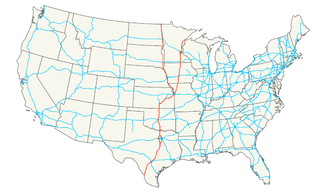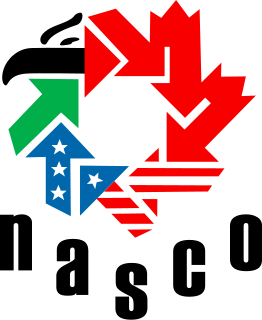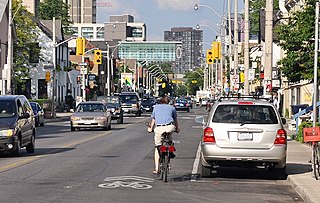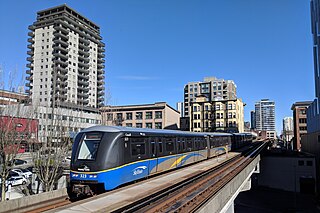 W
WTransportation in Canada, the world's second-largest country in total area, is dedicated to having an efficient, high-capacity multimodal transport spanning often vast distances between natural resource extraction sites, agricultural and urban areas. Canada's transportation system includes more than 1,400,000 kilometres (870,000 mi) of roads, 10 major international airports, 300 smaller airports, 72,093 km (44,797 mi) of functioning railway track, and more than 300 commercial ports and harbours that provide access to the Pacific, Atlantic and Arctic oceans as well as the Great Lakes and the St. Lawrence Seaway. In 2005, the transportation sector made up 4.2% of Canada's GDP, compared to 3.7% for Canada's mining and oil and gas extraction industries.
 W
W5-1-1 is a transportation and traffic information telephone hotline in some regions of the United States and Canada. Travelers can dial 511, a three-digit telephone number, on landlines and most mobile phones. The number has also extended to be the default name of many state and provincial transportation department road conditions Web sites, such as Wisconsin's site. It is an example of an N11 code, part of the North American Numbering Plan.
 W
WBison Transport is one of Canada's largest trucking companies.
 W
WThis article covers the water based Canadian canoe routes used by early explorers of Canada with special emphasis on the fur trade.
 W
WA control city is a city, locality, or other location posted on a series of traffic signs along a particular stretch of road indicating destinations on that route. Together with route numbers and cardinal directions, these focal points aid the motorist navigating along a highway system. Such cities appear on signs at junctions to indicate where the intersecting road goes and where the road ahead goes. They are also typically used on distance signs.
 W
WCycling in Canada is experienced in various ways across a geographically huge, economically and socially diverse country. Among the reasons for cycling in Canada are for practical reasons such as commuting to work or school, for sports such as road racing, BMX, Mountain bike racing, freestyle BMX, as well as for pure recreation. The amount and quality of bicycle infrastructure varies widely across the country as do the laws pertaining to cyclists such as bicycle helmet laws which can differ by province.
 W
WAn electric vehicle charging network is an infrastructure system of charging stations to recharge electric vehicles. Many government, car manufacturers, and charging infrastructure providers sought to create networks. As of December 2016, Estonia remained the only country to have completed a nationwide public electric charging network. As of November 2020 the largest fast-charging location was in California on the Tesla Supercharger network, with 56 charging stalls.
 W
WThe NAFTA superhighway is a term sometimes used informally to refer to certain existing and proposed highways intended to link Canada, Mexico, and the United States. Although the term has not been used publicly by governments in an official policy context, there are some dissident beliefs about this appellation that are associated with conspiracy theories regarding alleged secret plans to undermine U.S. sovereignty. Development of these routes is supported by the North American SuperCorridor Coalition as part of a NASCO Corridor. These include Interstate 35 from Laredo, Texas to the Canadian border that downgrades to a non-freeway route ending at Thunder Bay, Ontario, and Interstate 29, a spur that also downgrades to a regular highway at the border and continues to Winnipeg, Manitoba.
 W
WThe North America's Corridor Coalition (NASCO) is a non-profit organization that seeks to develop an international multi-modal transportation system along the International Mid-Continent Trade Corridor, which it claims will improve trade competitiveness and quality of life in North America.
 W
WThe Romance of Transportation in Canada is a 1952 animated short film made by the National Film Board of Canada, as part of the postwar Canada Carries On series, offering a humorous account of the history of transportation in Canada. The film was directed by Colin Low and produced by Tom Daly. The Romance of Transportation in Canada featured animation by Wolf Koenig and Robert Verrall and was narrated by Guy Glover. Noted composer Eldon Rathburn composed the film score.
 W
WA shared lane marking, shared-lane marking or sharrow is a street marking installed at locations in New Zealand, Australia, Canada, Spain, or the United States. This marking is placed in the travel lane to indicate where people should preferably cycle.
 W
WUrban rail transit in Canada encompasses a broad range of rail mass transit systems, including commuter rail, rapid transit, light rail, and streetcar systems.